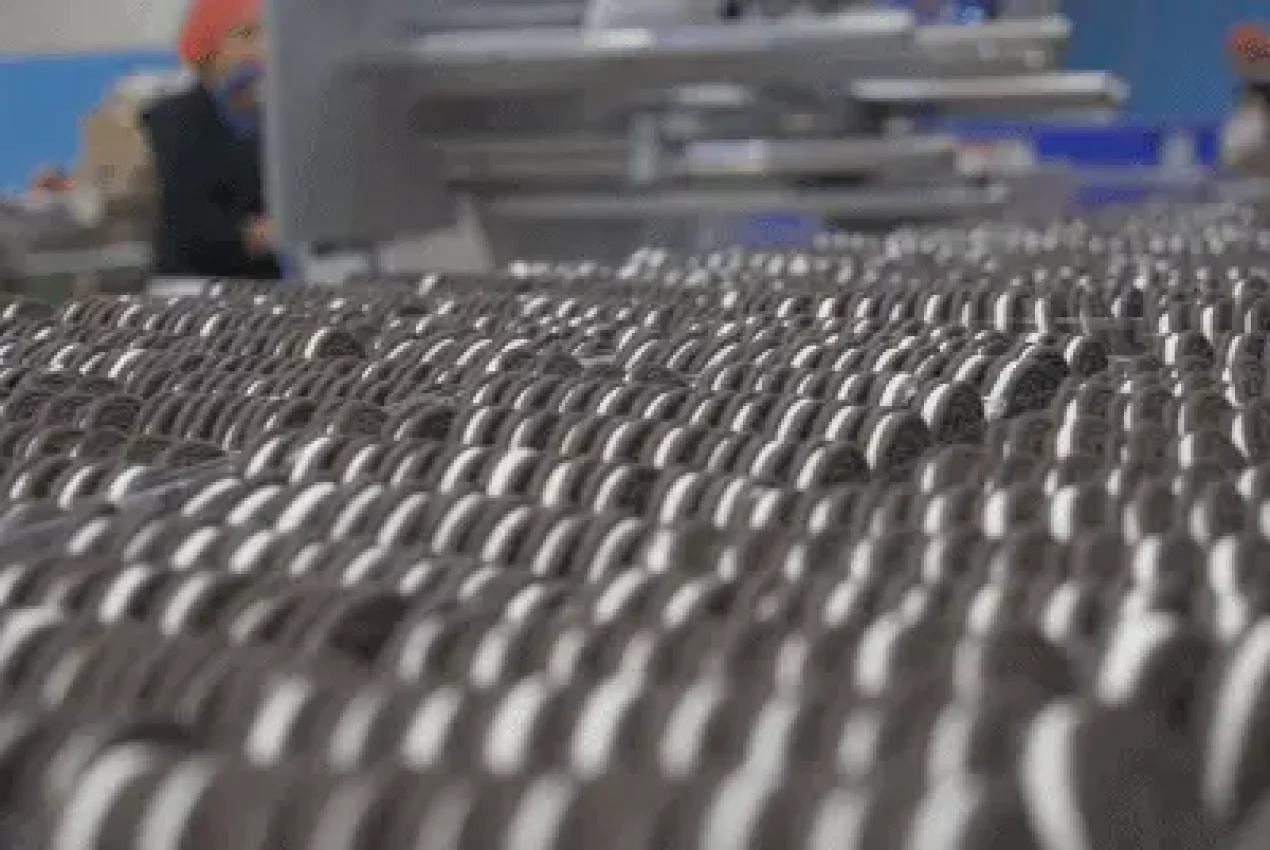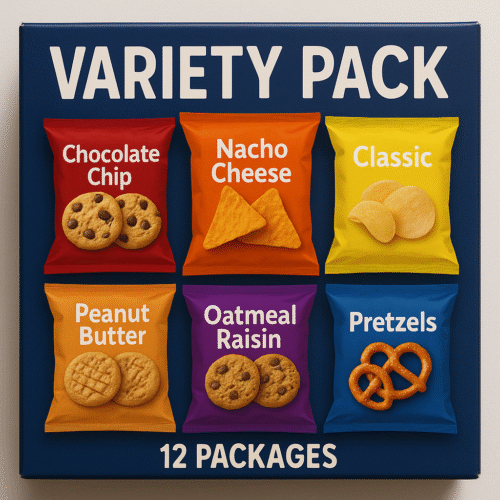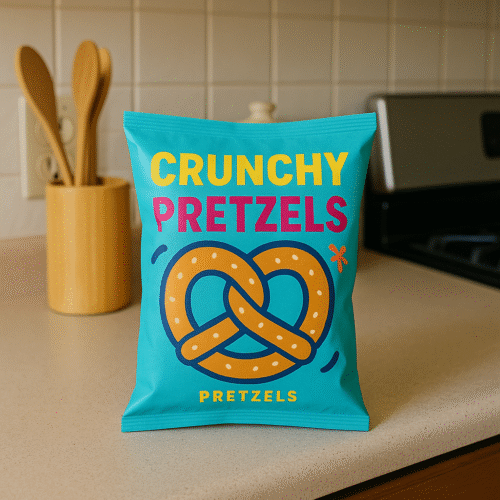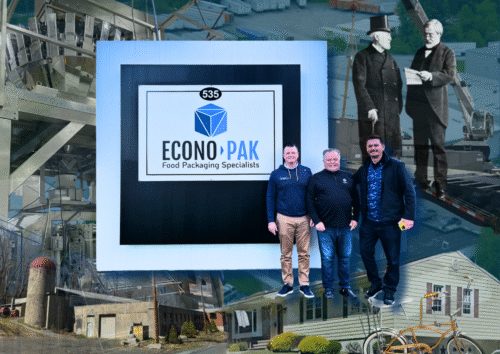With packaging your food product, you have two options: you can keep the packaging process in-house or outsource it to a co-packer.
So how do you know which is best for your business?
Potential packaging costs
Many factors can influence the overall cost of packaging, whether you do it in-house or choose to partner with a co-packer. Here are a few:
- Packaging materials: Materials used in packaging, like cardboard, plastic, and glass, will all incur costs.
- Skilled labor: Any packaging requires a human touch. So, if you go in-house, you can expect to pay wages for skilled workers.
- Equipment and machinery: Packaging can’t happen without the proper machinery. Acquiring, maintaining, and operating them takes a lot of financial resources.
- Co-packing fees: If you choose to outsource your packaging to a third party, you will pay a fee. Common fee models typically include per-unit rates, per-hour rates, or flat day rates.
- Transportation: Moving bulk or retail-ready packages will come with costs associated with warehousing and transportation.
- Risk management: Unwanted surprises can and will happen. You need to be prepared. Insurance, liability, and contingency planning will all incur costs.
Considering all potential costs will help you make an informed decision about whether an in-house or co-packing strategy is right for your company.
Partnering with a food co-packer
Co-packing, which is also known as contract packaging, refers to when a company hires a third-party to handle all of their packaging needs. Hiring a co-packer can provide your business with many benefits, such as:
- Access to the co-packers existing infrastructure and equipment
- The ability to focus on your business instead of nuanced logistics
- Increased efficiency and faster time-to-market
- Reduced overhead and other cost savings
- Reduced risk of errors or product quality issues
- Well-run supply chain management and logistics
In-house packaging vs. co-packing
Your business’s decision to choose a co-packing partner or to take packaging in-house will depend on your budget, expertise, and goals. There are trade-offs on both sides of the equation.
In-house
In-house packaging will require you to manage every step of the packaging process internally. You will have complete control, which can provide more customization, adaptability to product requirements, and the flexibility to make immediate adjustments.
But this method requires significant equipment and labor investments which can generate higher upfront costs and high long-term expenses.
You’ll also have to train staff, ensure you remain compliant with multiple agencies, and address any errors that arise.
Co-packing
Co-packing, on the other hand, can provide many benefits. You get access to packaging experts, up-to-date techniques and materials, and existing machinery or equipment. Working with a co-packer reduces upfront costs so you can run your business efficiently while reducing overhead.
A co-packer can also help your company scale production to meet demand or dial it back as the market fluctuates.
Co-packing does require fees. However, if you outsource to a co-packer with fixed pricing like Econo-Pak, you will be able to easily manage the costs within your budget.
The bottom line
Ultimately, if you want to scale your food business and increase revenue, you should collaborate with a co-packer. It is more cost-effective (particularly for high-volume orders), can mitigate long-term costs, and increases efficient inventory management.
At Econo-Pak, we have over 240,000 square feet of production floor space, 800+ production employees, and 200+ packaging machines. With our continuously growing list of capabilities, we’re well-equipped to fulfill packaging projects of any size and scope. Request a quote today.
Let's start scaling.
Is your demand outpacing your ability to package your own product? Then consider outsourcing with Econo-Pak.
With over 40 years of experience working with both small brands and Fortune 500 companies, we are capable of handling your specific dry food product.
Get in touch with our team for a fixed-price quote for your project.





